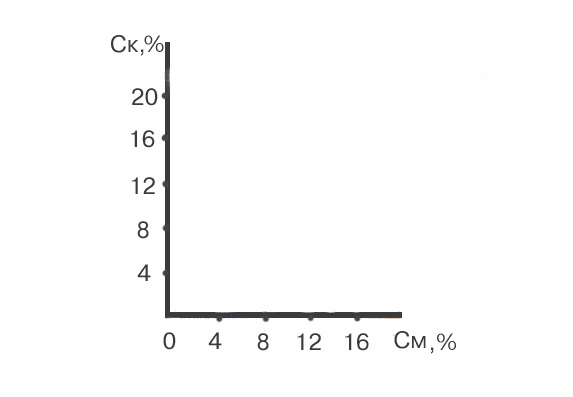
 |
Alieksieieva InesaFaculty of ecology and chemical technologySpeciality: Ecology in the minningTheme of master's work: Improvement of technology of damming and using methane at Kalinina mineScientific adviser: professor, head of department "Enviroment activity" Kostenko V.K. |

